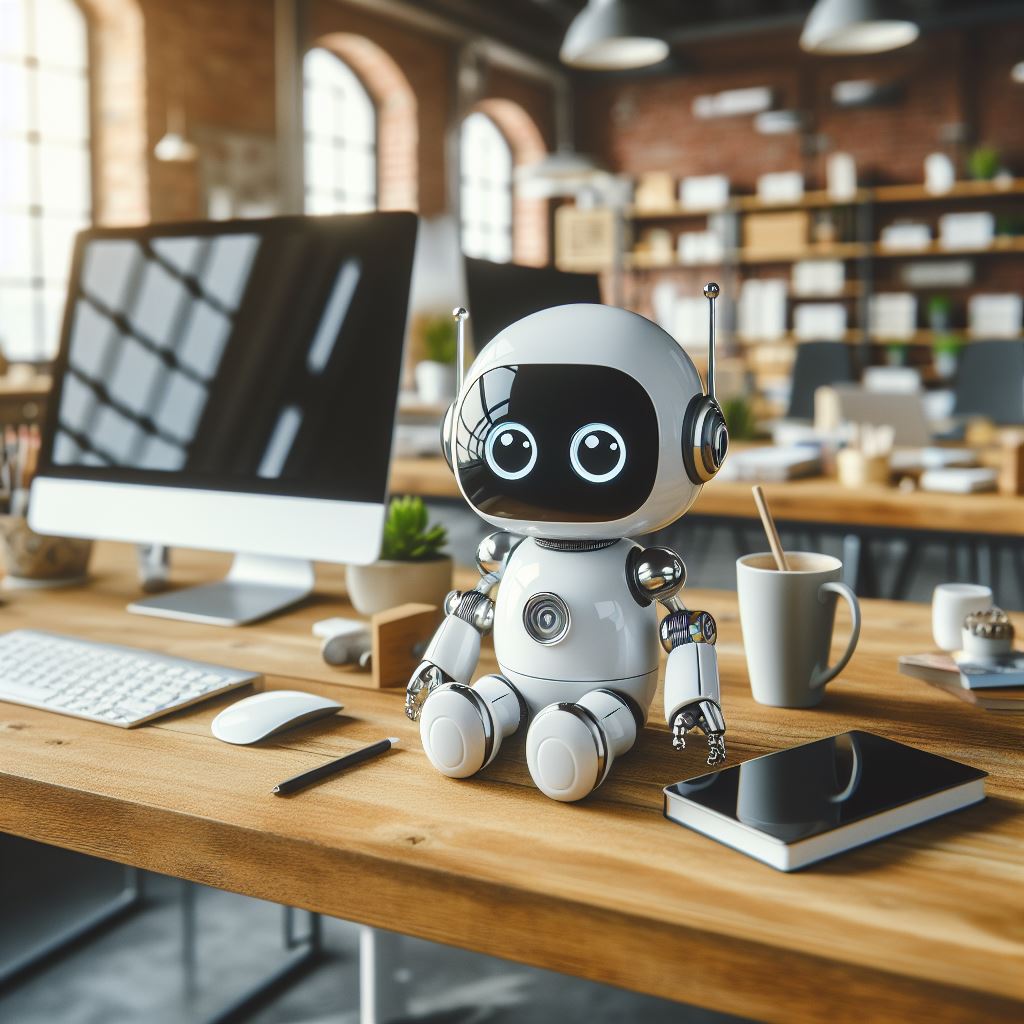Chatbots: Dive into the Genius Tech Fueling Smart AI!

Chatbots: Dive into the Genius Tech Fueling Smart AI!
🚀 In this article, we will explore the fascinating technology behind these intelligent virtual assistants and discover how they are revolutionizing the way we interact with machines. Get ready to dive deep into the genius tech fueling smart AI!
Chatbots: From Sci-Fi to Everyday Life
Remember the days when chatting with a machine seemed like a far-fetched idea straight out of a science fiction movie? Well, brace yourself because chatbots are no longer confined to the realms of imagination. Thanks to the rapid advancements in artificial intelligence (AI), chatbots have become an integral part of our everyday lives, making interactions with machines more seamless and intuitive than ever before.
With chatbots, we can now simply engage in conversational interactions, as if we were chatting with a friend. These virtual assistants have become our go-to companions, ready to assist us with a wide range of tasks, from answering questions and providing recommendations to even engaging in meaningful conversations.
How Chatbots Work: The Magic Behind the Scenes
Have you ever wondered how chatbots are able to understand and respond to human language with such accuracy? It’s all thanks to the magic happening behind the scenes – a branch of AI called natural language processing (NLP). NLP focuses on the interaction between computers and human language, enabling chatbots to analyze and interpret text, understand the context, and generate appropriate responses.
NLP allows chatbots to go beyond simple keyword recognition and delve into the true meaning behind our words. They can understand the nuances of language, including sarcasm, humor, and even slang. By leveraging machine learning algorithms, chatbots can continuously learn from user interactions and improve their understanding over time. This means that the more we engage with chatbots, the smarter they become!

The Evolution of Chatbots: From Simple Scripts to Smart Assistants
Chatbots have come a long way since their humble beginnings as simple scripts that followed predefined rules. In the past, they could only provide basic answers to specific questions, leaving users frustrated and wanting more. However, with the help of machine learning and deep learning algorithms, chatbots have evolved into intelligent virtual assistants that can adapt to user preferences and continuously improve their performance.
Machine learning algorithms enable chatbots to learn from vast amounts of data, allowing them to understand user intent, personalize responses, and even predict future actions. Deep learning algorithms, on the other hand, empower chatbots to analyze complex patterns and make decisions based on context. This evolution has transformed chatbots into powerful tools capable of delivering more accurate and personalized experiences, making them an indispensable part of our digital lives.
The Benefits of Chatbots: Making Life Easier and More Efficient
Chatbots are not just cool gadgets; they offer a plethora of benefits that can greatly enhance various aspects of our lives. Whether it’s improving customer service, streamlining business operations, or simplifying everyday tasks, chatbots have the potential to revolutionize the way we interact with technology.
One of the key benefits of chatbots is their ability to provide instant support and round-the-clock availability. No longer do we have to wait for business hours to get our queries answered; chatbots are always ready to assist us. This not only enhances the user experience but also ensures customer satisfaction.
Chatbots in Customer Service: Enhancing the User Experience
Customer service is one area where chatbots have made a significant impact. By providing instant support and round-the-clock availability, chatbots can enhance the user experience and ensure customer satisfaction. They can quickly address common queries, guide users through processes, and even handle transactions, freeing up human agents to focus on more complex issues.
Imagine calling a customer service hotline and immediately being greeted by a friendly chatbot who understands your issue and provides a solution within seconds. No more waiting on hold or repeating your problem to multiple agents. Chatbots have the ability to access vast databases of information, enabling them to provide accurate and personalized responses in real-time. This not only saves time but also eliminates the frustration often associated with traditional customer service experiences.

Chatbots in Healthcare: A Helping Hand in Times of Need
The healthcare industry is also embracing the power of chatbots. These intelligent assistants can provide valuable information about symptoms, offer guidance on self-care, and even assist in scheduling appointments. With the ability to analyze medical data and understand complex medical terminology, chatbots can become reliable sources of healthcare information, offering support and guidance in times of need.
Imagine waking up in the middle of the night with a sudden illness and having the option to chat with a healthcare chatbot. Instead of panicking or waiting until morning to seek medical advice, you can simply describe your symptoms and receive immediate guidance on what steps to take. This can be especially beneficial in remote areas where access to healthcare professionals may be limited. Chatbots in healthcare have the potential to improve patient outcomes, reduce healthcare costs, and provide peace of mind.
From enhancing customer service experiences to providing valuable healthcare support, chatbots are changing the game across various industries. As technology continues to advance, we can expect chatbots to become even smarter and more intuitive, seamlessly integrating into our daily lives. So, next time you engage with a chatbot, remember the genius tech behind its intelligence and the incredible possibilities it holds for the future.
FAQs
Q1: Are chatbots capable of understanding multiple languages?
A: Yes, chatbots can be programmed to understand and respond in multiple languages. With advancements in natural language processing, chatbots can analyze and interpret text in different languages, making them accessible to a global audience.
Q2: Can chatbots replace human customer service agents?
A: While chatbots can handle common queries and provide instant support, they cannot fully replace human customer service agents. Human agents bring empathy, critical thinking, and problem-solving skills that chatbots currently lack. However, chatbots can assist human agents by handling repetitive tasks and freeing up their time to focus on more complex issues.
Q3: How do chatbots ensure data privacy and security?
A: Chatbot developers prioritize data privacy and security by implementing stringent security measures. They adhere to industry standards and regulations to protect user data from unauthorized access or breaches. Additionally, chatbots can be designed to only collect and store necessary information, ensuring user privacy.
Q4: Can chatbots learn from user interactions?
A: Yes, chatbots can learn from user interactions through machine learning algorithms. By analyzing user inputs and feedback, chatbots can continuously improve their understanding, accuracy, and performance over time.
Q5: Can chatbots have emotions?
A: Chatbots are designed to simulate human-like interactions, but they do not have emotions. They can analyze and respond to emotions expressed by users through text, but they do not experience emotions themselves. Their primary goal is to provide accurate and helpful responses based on data and algorithms.

